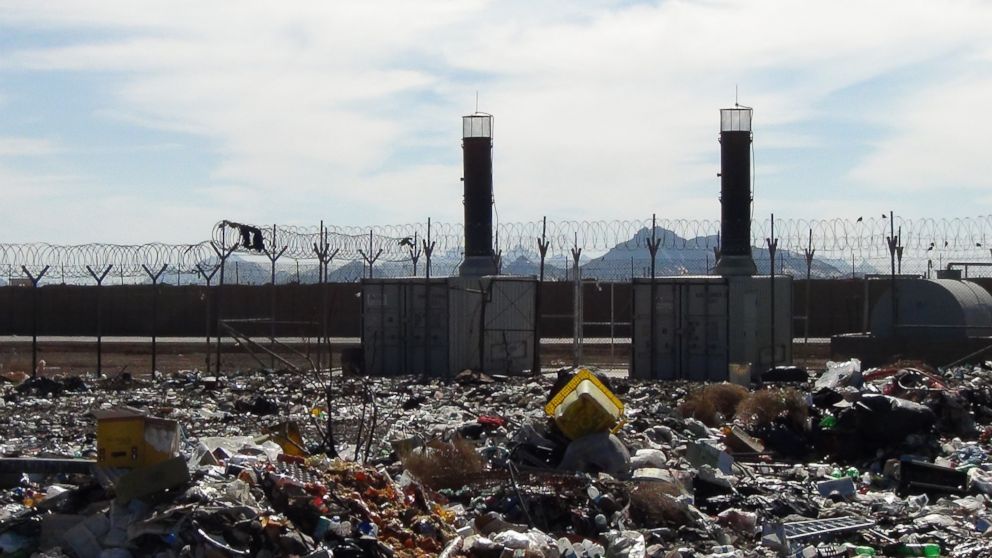US Burned $20M in Taxpayer Money on Unused Incinerators in Afghanistan
Report: DOD paid millions in contracts for inoperable waste disposal systems.

— -- U.S. military bases in Afghanistan spent over $20 million of taxpayer money on incinerators for waste disposal which were never used, according to the final assessment of incinerators and burn pits by the Special Inspector General for Afghanistan Reconstruction (SIGAR).
The report delivered strong criticism of the way Defense Department installations in Afghanistan managed their waste disposal systems -- mistakes which were both expensive and may have exposed U.S. military personnel to significant health risks.
“DOD did not adequately plan for and manage disposal of solid waste at its installations in Afghanistan,” the report reads, calling the approach to waste disposal “haphazard and reactive.”
Throughout its engagement in Afghanistan, U.S. military personnel in the country generated hundreds of tons of solid waste per day, including plastics, food waste, electronic equipment and other products. For years, without proper policies or procedures in place, simple open-air burn pits remained the military’s preferred method for disposing of solid waste.
But the toxic smoke of those open-air burn pits, often contaminated with lead and mercury, posed serious health risks of service members and civilians in their immediate area, SIGAR said. U.S. military personnel returning from Afghanistan complained of health problems, which they said stemmed from exposure to the burn pits on installations.
By August 2010, 251 of these open-air burn pits were in operation on U.S. military bases, according to the SIGAR report.
New regulations from U.S. Central Command ordered long-term military bases to install alternative methods, such as incinerators, to provide a safer way of disposing of waste. The military spent over $81 million to install 23 incinerator systems at nine military installations in Afghanistan.
But the SIGAR report said four military bases—FOB Salerno, FOB Sharana, FOB Ghazni and FOB Maywand—never used their eight incinerators, which cost $20.1 million to build. At one of those bases, FOB Sharana, a design error left the loading area too narrow to even allow forklifts to deposit waste in the 40-ton capacity incinerator. FOB Sharana officials decided to continue using open-air burn pits.
“Given the fact that DOD has been aware for many years of the significant health risks associated with open-air burn pits, it is indefensible that U.S. military personnel, who are already at risk of serious injury and death when fighting the enemy, were put at further risk from the potentially harmful emissions from the use of open-air burn pits,” said John F. Sopko, the Special Inspector General for Afghanistan Reconstruction in an introductory letter to the report.
The report also strongly criticized the management of contracts for the construction and maintenance of the incinerators.
“[W]e found occasions where contractors were paid the full contract amount, even though they failed to perform in accordance with contract requirements,” the report reads.
The report found that incinerators at FOB Salerno and FOB Sharana had major deficiencies when they were transferred to the bases. The report states that in both of those cases, the Defense Department paid the contractors the full amount, approximately $10.4 million, without the deficiencies being corrected.



